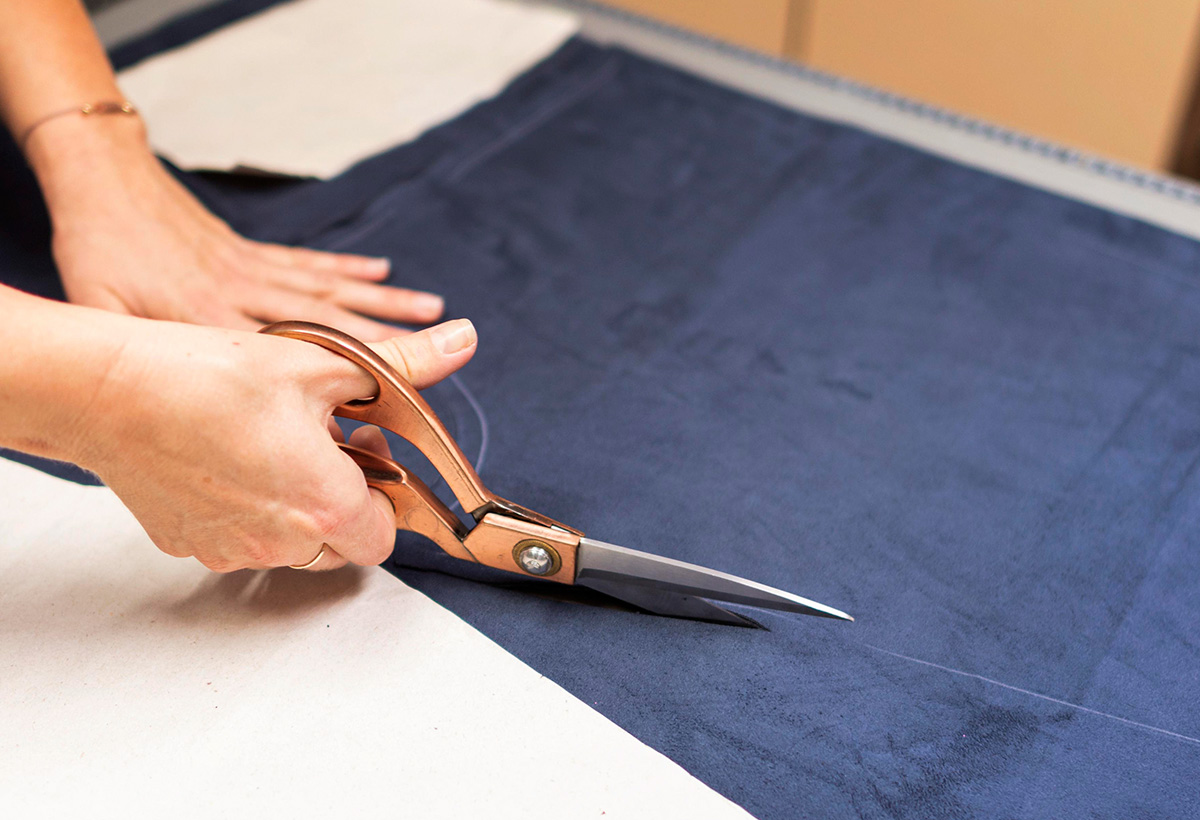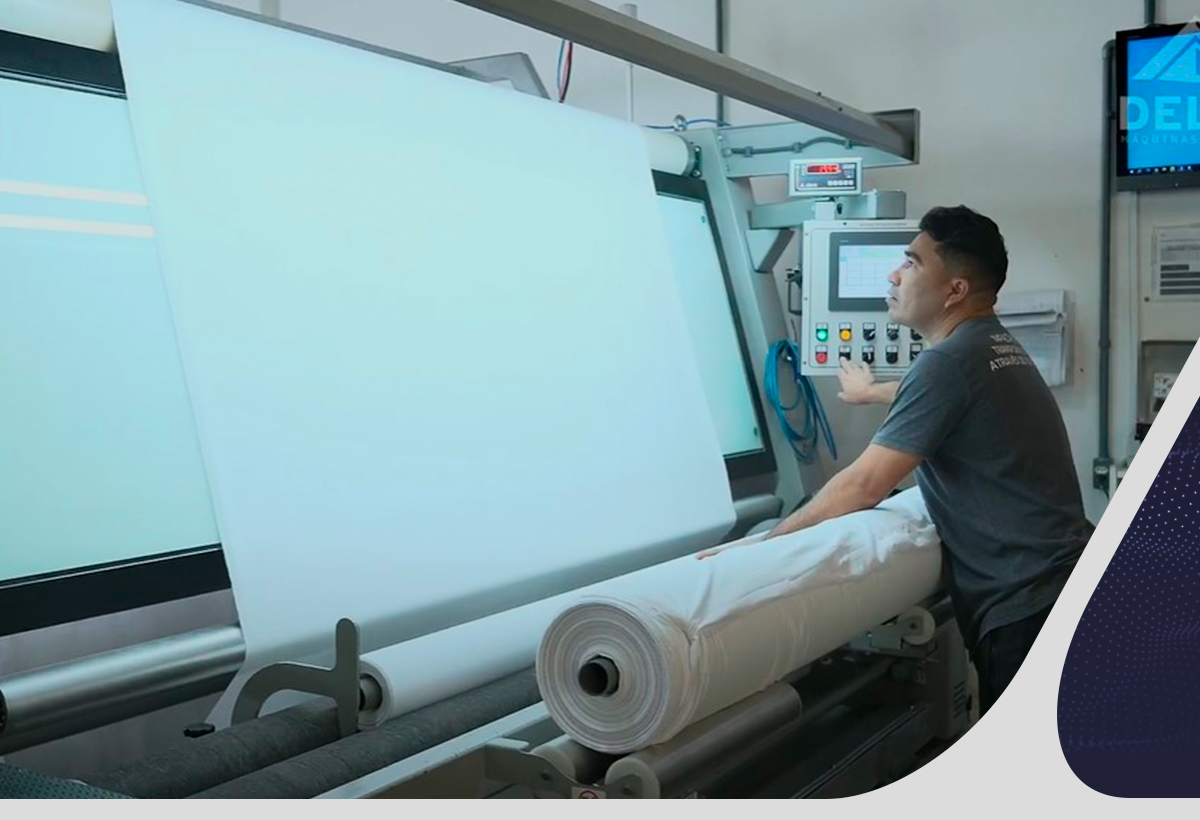With technological developments in the textile industries, the spreading process was one of the most benefited steps. After all, today it is possible to optimize operations with the help of automation.
In the era of industry 4.0, investing in digital resources is essential to increase the quality of the production process. The use of intelligent machines benefits the entire chain, especially during spreading.
With efficiency in this process, it will also be possible to facilitate the next steps, which, in this case, is cutting and sewing.
Are you curious? So, continue reading to better understand the impacts of technology on the performance and quality of the spreading!
Remember what spreading is and the role of technology in the process
Spreading is nothing more than the phase related to opening the fabrics, to stack them in layers and thus cut them for the construction of molds. In any case, the process is not just about overlapping! It is also related to:
- Good thread orientation;
- Selvedge alignment;
- Avoid problems with fabric slipping;
- Differences in brightness or tone.
And, unfortunately, this is one of the steps that generate the most waste, whether time or material.
And this is still a very common reality, as Brazil discards more than 4 million tons of textile waste per year.
This number, cited by CNN, only reinforces the impacts that a lack of efficiency can have on the sector and the environment!
Investment in automation in the spreading stage benefits the entire production process! That is, cutting and sewing are made easier thanks to the fabric being delivered in better conditions for the procedure. Furthermore, one of the main gains is the smarter use of labor.
Therefore, technology is fundamental to guaranteeing efficiency, performance and quality in spreading!
It’s that simple! According to an article, there will not always be the possibility of counting on human reliability in operations. After all, obstacles happen, such as distractions, lack of attention, unproductivity, memory lapses and other reasons.
Therefore, to avoid failures and rework, it is important that the environment provides conditions for this. In other words, there are a series of decisions, attitudes and organizational behaviors that are responsible for avoiding accidents and bottlenecks.
And the main one refers to investment in updated technologies to guarantee the quality of the operation.
Human errors cause different problems in the industry, such as:
- Unexpected stops;
- Material losses;
- Waste of time;
- Unnecessary expenses;
- Rework;
- Insecurity.
More about the impacts of automation on spreading
Technologies contribute to the efficiency of industries with different production volumes. With automation, it is possibleto program the machine so that it starts new spreading processes when a fabric is finished. And this provides a continuous manufacturing flow.
Besides that, themachinesare:
- Faster;
- Accurate;
- And they are less prone to errors.
This has a direct financial impact on reducing operational costs, generating better profitability for your business.
Not to mention that automatic technologies are specially designed to ensure essential characteristics of the fillings. For example:
- Fabric aligned on both edges;
- Absence of tension in the fabric, which can cause the cut pieces to be smaller than expected in the modeling;
- Absence of wrinkling and air bubbles inside the layer, which could cause distortions in the cut.
In other words, with the help of machines focused on this process, the inspection and sizing of meshes is improved and precise. All this thanks to standardization and automation of the entire process.
Which, therefore, generates high performance and quality for the process and the entire industry!
What are the main spreading methods?
In any case, there are several methods of spreading fabric. However, in the textile industry, it is possible to mention the most used ones. This way, it will be possible to compare the results of both to better understand the impact on the efficiency of this operation.
However, we have already highlighted that two of them are time-consuming, susceptible to failures and rework. While the other method is based on industry 4.0, which adds agility to the process. See below.
Manual spreading
This is the phase in which the fabric spreading is carried out by human labor. In other words, two or more people are responsible for placing the fabrics, marking them according to the pattern, and cutting them.
That is, two professionals pull the fabric, sheet by sheet, and place it on the cutting table. Here, inspection and quality control is superficial, without the correct recording of adjustments, for example.
Therefore, the big problem with this method is the high chance of human error! So, if your industry still does it, it is urgent to replace it!
Mechanical spreading
Mechanical spreading is done with the help of spreading machines. Here, the equipment transports the roll of fabric from one side to the other along the cutting table. But to do this, one or two people need to slide the machine onto the table.
This process is also susceptible to errors as it is not optimized and much less agile.. Thus harming the entire process of manufacturingof an industry.
Spreading 4.0
Spreading 4.0 is the method made with the help of automated machines! In this process, the length, number of sheets of fabric and type of spreading are programmed. Then, the spreader spreads the fabric alone.
Therefore, with the help of the concept and technologies presented by industry 4.0, the work of infestation can be carried out with speed and quality.
Which, consequently, generates better use of raw materials and fewer chances of rework, increasing the company’s profits.
Not to mention that machines connected to industry 4.0 contribute to real-time data analysis. This way, it will be possible to improve points and predict scenariosbefore errors become harmful.
Furthermore, data generation contributes to the development of a history capable of assisting in future decision-making. Ensuring a more strategic and intelligent industry!
How to employ high performance and quality in the spreading process?

Understand how the spreading process can be efficient, high performance and profitable.
Automatic spreader
When it comes to improving productivity and achieving scalability, technological support is essential. And among the advantages that a state-of-the-art spreader can offer is the versatility.
An automatic spreader allows you to program several spreads per day. All of this with different numbers of layers, replacement of spare fabric rolls and the use of several cutting tables simultaneously.
Integration of machines and systems
The integration of machines and systems allows for high performance and quality by speeding up the spreading process.
When the processing stages are interconnected within an organized system, there will be no noisy communication. This promotes greater assertiveness, speed and quality, which favors the textile industries.
Fabric Review
Unfortunately, fabric review is a step that is not yet widely applied in the industry. However, it is essential to increase the productivity and performance of the spreading phase. This is because he is responsible for carrying out the evaluation of the material that arrives at your company.
This makes it possible to find errors in the fabric dimension. as soon as it is received. This avoids future problems during manufacturing, such as loss of raw materials or their low quality.
Here it is possible to invest in:
- Reviewers: checks the quality and points out defects in the fabric. It guarantees greater assertiveness in the search for the quality of the final product. Therefore, it reduces interference and costs in subsequent processes, directly reflecting on the success of your business;
- Relaxing machines: eliminates conventional resting, promoting immediate relaxation from roll to roll. It ensures the quality of the raw material and productivity in spreading by guaranteeing dimensional stability after cutting.
What’s next?
As we have seen, the support of technologies allows high performance in textile processes, as well as spreading. Automation reduces failures and rework that affect the company’s profits.
To further improve this phase, download our free infographic and discover 6 harmful practices for your productivity.




